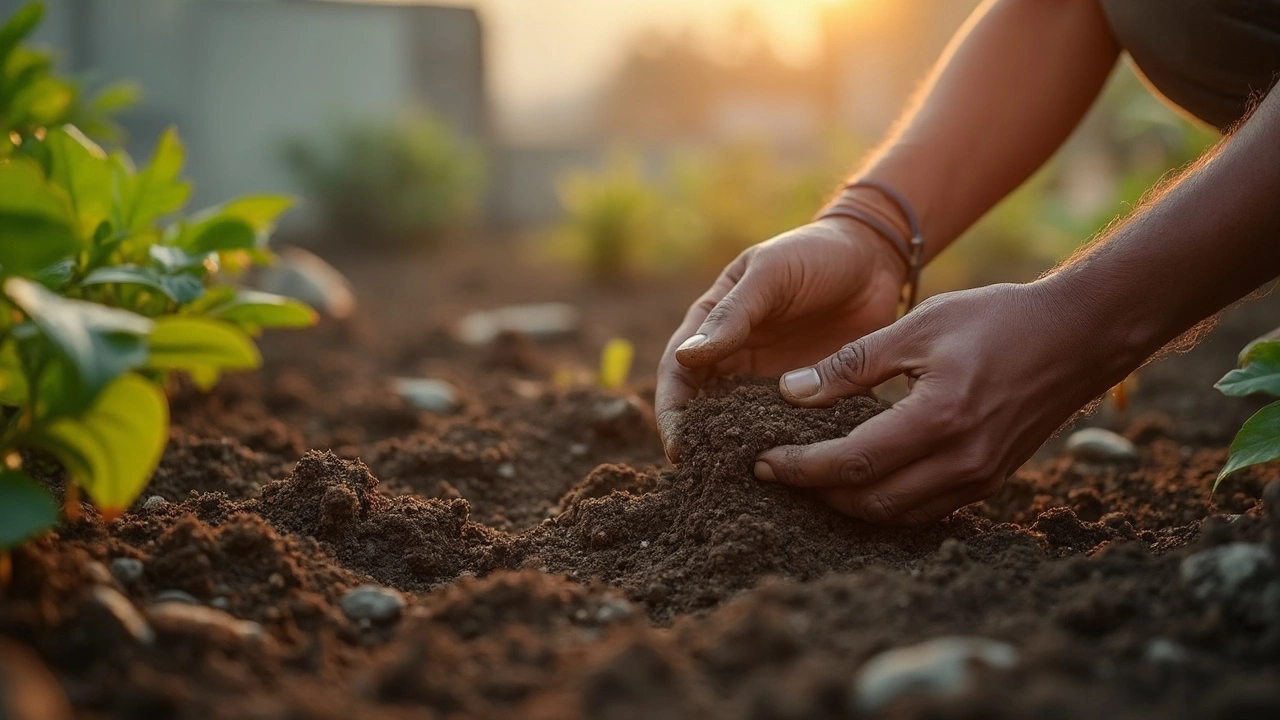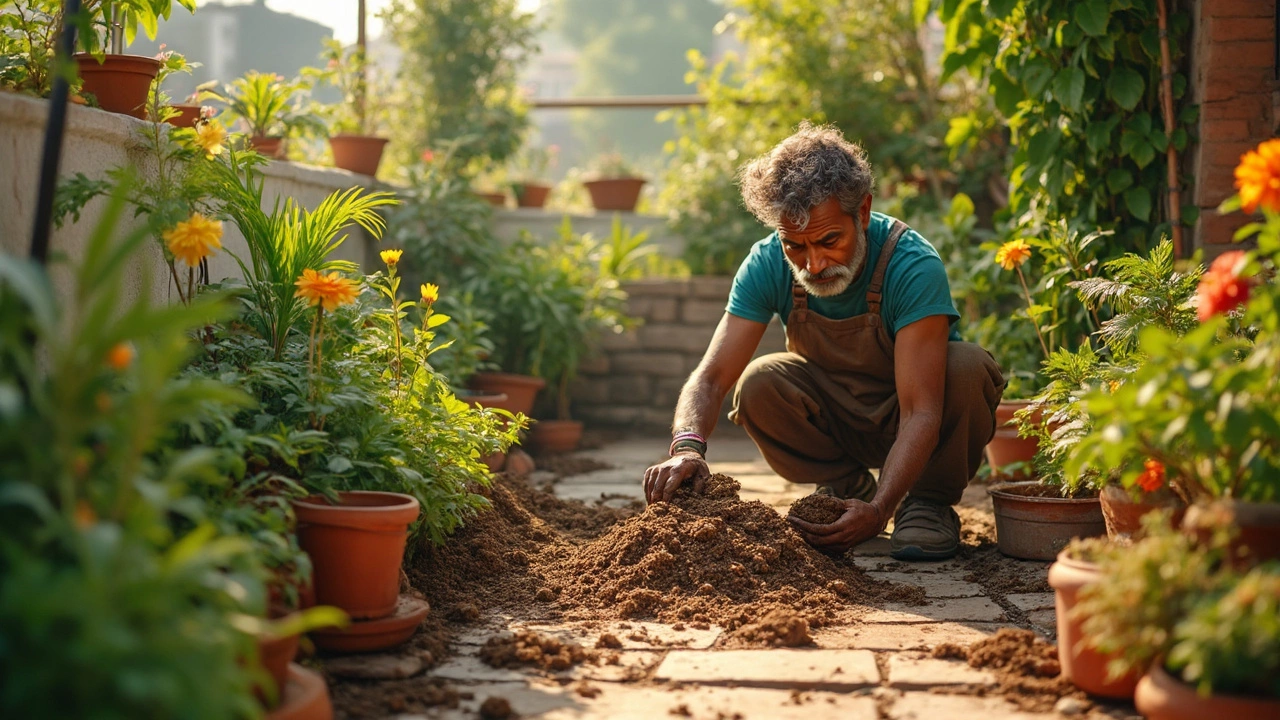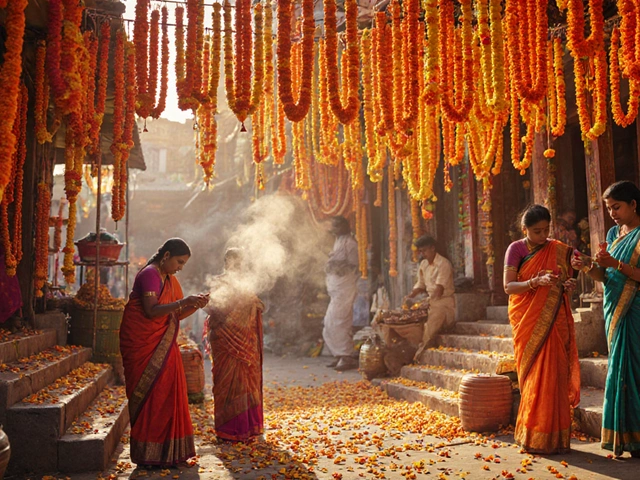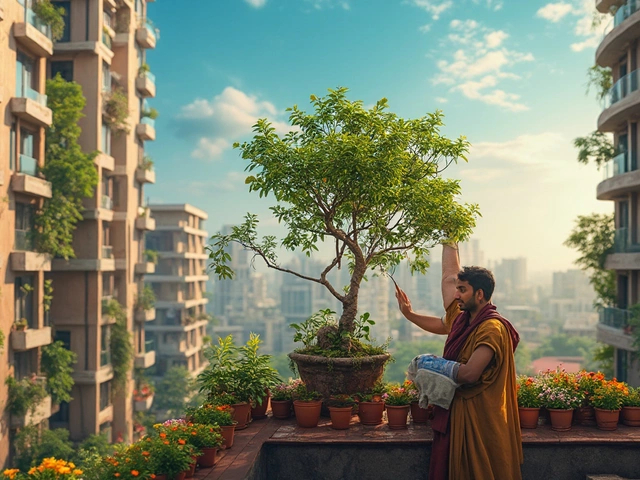Thinking about sprucing up your terrace garden? You might be wondering if mixing top soil with garden soil could give your plants a leg up. It's not as tricky as it sounds, but there's a right way to do it. First off, let's get clear on what we're dealing with here. Top soil is the stuff you find on the surface, usually rich in nutrients like decomposed leaves and organic matter. Meanwhile, garden soil is often a bit more jazzed up with fertilizers and other enhancers.
Now, why bother mixing them? Each type of soil has its strengths. Top soil is fantastic for providing a nutrient base, while garden soil is engineered to support plant life. When you combine the two, you create a happy medium, offering a solid nutritional foundation with added benefits that encourage robust growth.
- Understanding Soil Basics
- Benefits of Mixing Soils
- How to Mix Soils Correctly
- Common Mistakes to Avoid
Understanding Soil Basics
Let's break down the essentials here. You've got top soil and garden soil, and they each bring something to the table. Top soil is the uppermost layer of soil, packed with all the goodies like decomposed leaves and organic matter, making it rich in nutrients. It's typically the first stuff you'd see if you dug a hole outside.
Now, garden soil is a whole different beast. It's often a mix, usually enhanced with things like fertilizers, peat moss, and compost, perfect for growing plants. That's why it's more expensive—it's essentially prepped and ready for use.
Dr. Susan Lindner, a soil scientist, once said,
"Understanding the composition of your soil can significantly impact plant health and growth. A good mix can increase root strength and nutrient absorption."
So why would you even think about mixing these two? Great question. The idea is to balance nutrient richness with structure. Top soil tends to be loose, but garden soil can be denser. Mixing them can improve aeration and drainage, vital for plants on a terrace where water management is key.
- Top Soil Pros: High in nutrients, boosts organic content.
- Garden Soil Pros: Enhanced for plant growth, usually sterilized and ready-to-use.
Got a terrace garden? You'll want both for optimal growth. Think of it like a team: top soil is the foundation, and garden soil is the specialist, each bringing different skills to the game.
Benefits of Mixing Soils
So, what's the big deal about blending top soil with garden soil? Turns out, there are some pretty neat perks. First off, this soil cocktail offers better water retention. Top soil usually holds moisture well, which is a lifesaver during those scorching summer months when watering every day feels like a chore.
Another big win is nutrient distribution. By mixing these soils, you're creating an even spread of nutrients. Top soil gives you a rich, organic base, while garden soil adds minerals and fertilizers engineered to keep your plants fed and happy. This combination creates a buffet of goodies for plant roots, allowing them to absorb what they need effectively.
For all the eco-minded gardeners out there, mixing can also boost soil structure. Good structure means it's easier for roots to spread and grow deeply, which is key if you're nurturing crops or substantial plants in your terrace gardening setup. Plus, a mix of soil types tends to reduce erosion—a big bonus if you’re gardening on a surface that hasn't got much root depth yet!
In case simple relatability isn't enough, here's a quick comparison to help catch what's so amazing about it:
| Benefit | Top Soil | Garden Soil | Mixed |
|---|---|---|---|
| Water Retention | High | Medium | High |
| Nutrient Content | Rich Organic | Mineral Enhanced | Balanced |
| Structure | Loose | Compact | Improved |
A final plus? Mixed soil tends to be more resilient against pests and diseases, thanks to the varied organic content. When your soil stays healthy, your plants have a better shot at flourishing. So grab those soils, and let them work together to give you the lush, vibrant garden you've been dreaming of.

How to Mix Soils Correctly
Getting the balance right when mixing top soil with garden soil can be a game-changer for your terrace garden. It's all about using the right proportions and ensuring it's blended well.
Here's a step-by-step approach to do it right:
- Start with Healthy Soils: Make sure both your top soil and garden soil are free from pests and disease. Healthy soil is the foundation of healthy plants.
- Measure the Ratio: A good rule of thumb is to mix in a ratio of 1:1. This means equal parts of top soil and garden soil. But feel free to adjust based on your plant's needs or local conditions.
- Mix Thoroughly: Use a shovel or a trowel to mix the soils together. The goal is to make sure they're well integrated. If you spot any large clumps, break them down with your tool.
- Add Nutrients if Needed: Depending on the quality of the soils you're working with, you might want to add some compost or natural fertilizers at this stage to give your plants a boost.
- Check the pH Level: Sometimes mixing soils can affect the pH balance. Use a simple home test kit to ensure your mix is within the ideal range for your plants.
And that's it! You've now got a well-balanced mix ready to support your plants. For best results, use this mixture in pots or raised beds, both popular in terrace gardens due to their versatility and space efficiency.
Common Mistakes to Avoid
So you're thinking of mixing top soil with garden soil? Great choice, but let's make sure you're not tripping over common blunders that new terrace gardeners often make.
First mistake? Assuming all soils are equal. When you mix soils without understanding their composition, you might end up with a combo that doesn’t drain well. You want a blend that keeps your plants moist but not waterlogged.
Avoid the classic overpacking error. It’s tempting to think that tightly packed soil will hold plants better, but in reality, it stifles the roots and stops them from getting oxygen. So, give your plants a little breathing room!
- Ignoring pH levels: Different plants thrive at different pH levels. Most vegetables, for instance, like slightly acidic soil. Mixing without checking the pH can lead to poor plant growth.
- Skipping pest prevention: Unseen to the eye, pests hiding in garden soil can raise havoc. It's a good idea to bake your soil mix in the sun for a few days or lightly moisten it to minimize unwelcome guests.
- Using poor quality soil: Always use quality soil. Cheap soil mixes can be low in nutrients, impacting your plants' health in the long run. If you’re buying soil, look for bags with a good organic content.
Lastly, remember that you shouldn't change your soil mix too often. Plants need consistent conditions to thrive. Stick with a proven mix, gradually adjusting with seasons and plant types. Staying patient and observant goes a long way in terrace gardening!
Here's a quick overview to keep in mind:
| Common Mistakes | Why It Matters |
|---|---|
| Overpacking Soil | Prevents oxygen flow to roots |
| Ignoring pH | Impacts plant growth |
| Skipping Pest Checks | Increases risk of infestations |
| Poor Quality Soil | Leads to nutrient deficiency |





